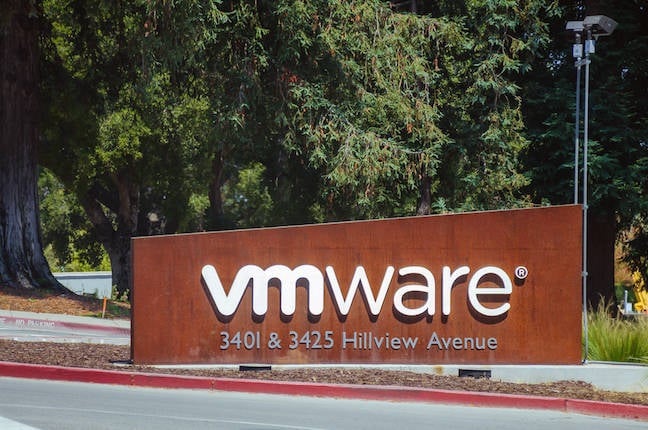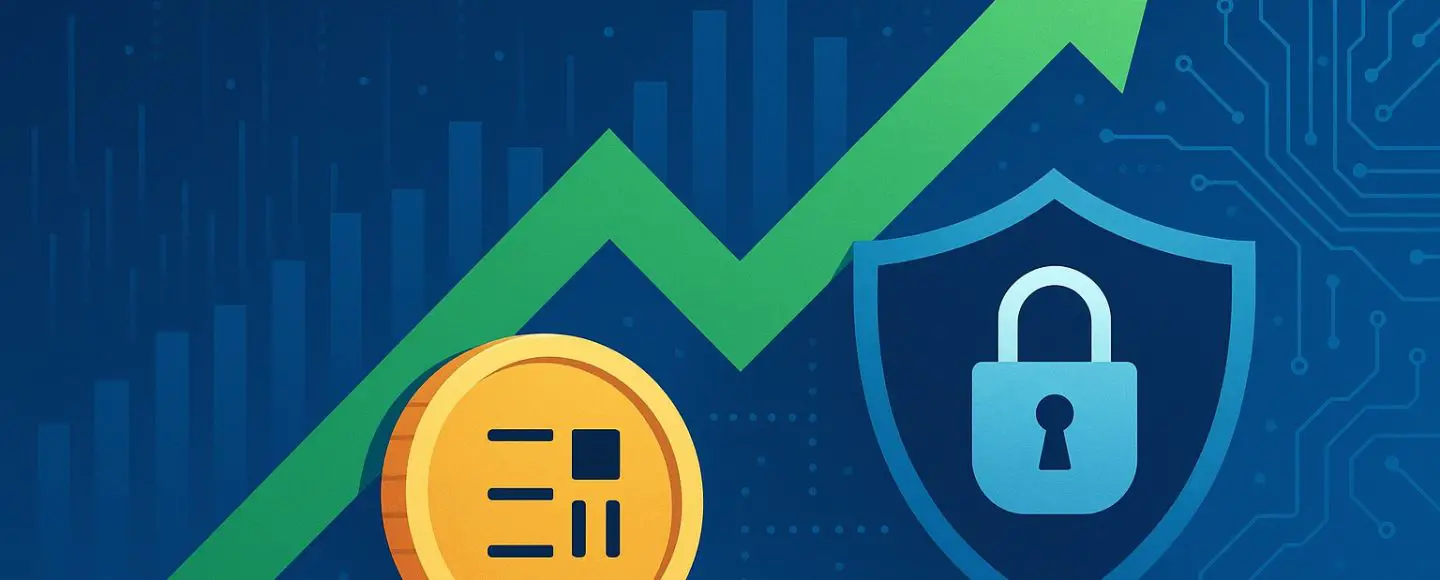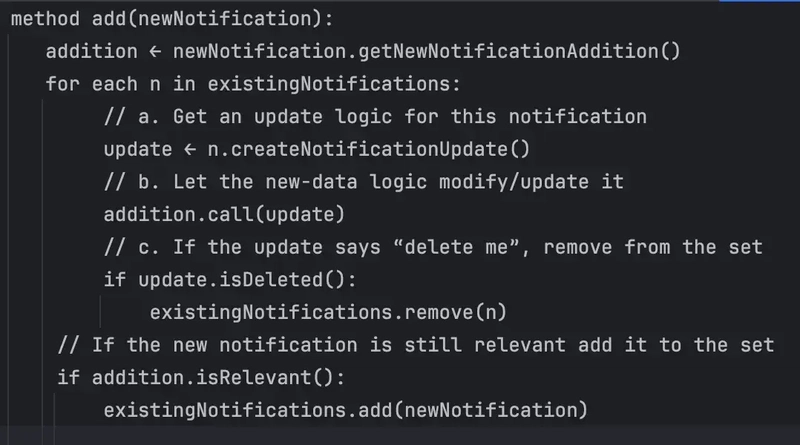Implementing NIST CSF 2.0 A Technical Blueprint
After years of development and stakeholder feedback, the National Institute of Standards and Technology (NIST) released the Cybersecurity Framework (CSF) 2.0 in February 2024. This significant update represents the first major revision since the framework’s creation in 2014 and provides organizations with enhanced guidance for managing cybersecurity risks in today’s evolving threat landscape. This refreshed […] The post Implementing NIST CSF 2.0 A Technical Blueprint appeared first on Cyber Security News.

After years of development and stakeholder feedback, the National Institute of Standards and Technology (NIST) released the Cybersecurity Framework (CSF) 2.0 in February 2024.
This significant update represents the first major revision since the framework’s creation in 2014 and provides organizations with enhanced guidance for managing cybersecurity risks in today’s evolving threat landscape.
This refreshed framework offers a comprehensive approach to cybersecurity that addresses emerging challenges while maintaining the flexibility that made its predecessor so widely adopted.
The Evolution to CSF 2.0
NIST CSF 2.0 builds upon the foundation established by version 1.1 while introducing several key enhancements.
Perhaps the most notable addition is the new “Govern” function, which now serves as a central pillar that underpins the original five functions: Identify, Protect, Detect, Respond, and Recover.
This addition emphasizes that cybersecurity is a significant source of enterprise risk requiring executive-level attention and governance.
Six Functions organize the CSF 2.0 — Govern, Identify, Protect, Detect, Respond, and Recover. Together, these functions provide a comprehensive view of managing cybersecurity risk.
This holistic approach ensures that cybersecurity considerations are integrated throughout an organization’s operations.
Key Enhancements in the Framework
Beyond the addition of the Govern function, CSF 2.0 features several significant improvements:
Revamped Respond and Recover Functions
The Respond and Recover functions have been substantially enhanced, addressing a gap in the previous version. These functions map to specific, impactful cyber incident response outcomes rather than high-level considerations.
This change reflects the increasing importance of effective incident response in the current threat environment.
Expanded Scope and Focus Areas
CSF 2.0 extends its scope beyond traditional cybersecurity concerns to address interconnected aspects such as privacy considerations and supply chain risks.
The framework now includes updated guidance on emerging threats, including supply chain risks and cloud security, making it more relevant to today’s complex technological landscape.
Enhanced Implementation Guidance
NIST has provided detailed implementation examples to help organizations translate the framework’s concepts into practical actions.
These examples offer concrete steps for achieving each outcome outlined in the framework, making implementation more straightforward for organizations of all sizes.
Implementation Strategy
Implementing NIST CSF 2.0 requires a structured approach. Organizations transitioning from version 1.1 should begin by understanding the core changes and thoroughly assessing their current cybersecurity posture.
The implementation process typically involves several key steps:
- Understand the Framework Components: Familiarize yourself with the CSF Core (taxonomy of cybersecurity outcomes), CSF Organizational Profiles (mechanism for describing current/target posture), and CSF Tiers (characterization of risk management rigor).
- Conduct a Gap Analysis: Compare your organization’s current practices against the framework’s recommendations to identify areas for improvement.
- Develop a Customized Implementation Plan: Tailor the framework to your organization’s needs, considering your industry, size, and risk profile.
- Prioritize Implementation Activities: Focus first on addressing critical gaps, particularly in the Governance function, as this establishes the foundation for the other functions.
- Monitor and Measure Progress: Establish metrics to track the effectiveness of your implementation efforts and make adjustments as needed.
Benefits of Adoption
Organizations that implement NIST CSF 2.0 can expect several benefits. The framework helps standardize cybersecurity practices across teams and departments, fostering improved communication about cybersecurity risks.
It also provides a common language that executives, managers, and practitioners can understand, regardless of their technical expertise.
Additionally, CSF 2.0’s emphasis on governance ensures that cybersecurity is treated as a business risk requiring executive attention rather than merely a technical issue.
This alignment with business objectives helps organizations make more informed risk-based investment decisions.
The Path Forward
As cyber threats evolve, frameworks like NIST CSF 2.0 provide essential guidance for organizations seeking to enhance their security posture.
By adopting this updated framework, organizations can better prepare to address current and emerging cybersecurity challenges while demonstrating a commitment to robust risk management practices.
Whether you’re a small business just beginning your cybersecurity journey or a large enterprise looking to refine your approach, NIST CSF 2.0 offers a flexible, adaptable structure that can be tailored to your specific needs and objectives.
The time to implement is now, as the threat landscape waits for no one.
Find this News Interesting! Follow us on Google News, LinkedIn, & X to Get Instant Updates!
The post Implementing NIST CSF 2.0 A Technical Blueprint appeared first on Cyber Security News.
















































































































































































![[The AI Show Episode 150]: AI Answers: AI Roadmaps, Which Tools to Use, Making the Case for AI, Training, and Building GPTs](https://www.marketingaiinstitute.com/hubfs/ep%20150%20cover.png)
![[The AI Show Episode 149]: Google I/O, Claude 4, White Collar Jobs Automated in 5 Years, Jony Ive Joins OpenAI, and AI’s Impact on the Environment](https://www.marketingaiinstitute.com/hubfs/ep%20149%20cover.png)






























































































































































































.png?width=1920&height=1920&fit=bounds&quality=70&format=jpg&auto=webp#)
















































-1280x720.jpg?width=1920&height=1920&fit=bounds&quality=70&format=jpg&auto=webp#)






















_Zoonar_GmbH_Alamy.jpg?width=1280&auto=webp&quality=80&disable=upscale#)
















































































































![WWDC 2025 May Disappoint on AI [Gurman]](https://www.iclarified.com/images/news/97473/97473/97473-640.jpg)
![Apple to Name Next macOS 'Tahoe,' Switch to Year-Based OS Names Like 'macOS 26' [Report]](https://www.iclarified.com/images/news/97471/97471/97471-640.jpg)
![Sonos Father's Day Sale: Save Up to 26% on Arc Ultra, Ace, Move 2, and More [Deal]](https://www.iclarified.com/images/news/97469/97469/97469-640.jpg)

































































.webp?#)
.webp?#)
